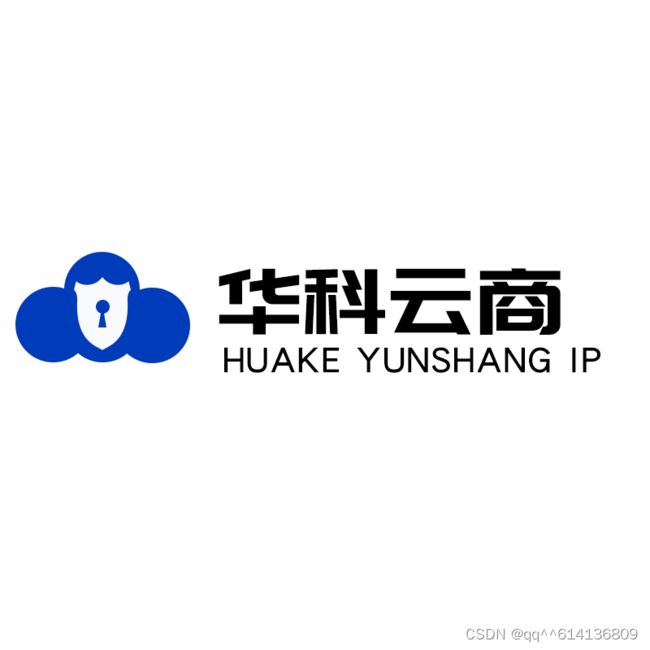Python 基础语法
第一个 Python 程序
交互式编程
交互式编程不需要创建脚本文件,是通过 Python 解释器的交互模式进来编写代码。
linux上你只需要在命令行中输入 Python 命令即可启动交互式编程,提示窗口如下:
$ python
Python 2.7.6 (default, Sep 9 2014, 15:04:36)
[GCC 4.2.1 Compatible Apple LLVM 6.0 (clang-600.0.39)] on darwin
Type “help”, “copyright”, “credits” or “license” for more information.
Window 上在安装 Python 时已经安装了交互式编程客户端,提示窗口如下:
在 python 提示符中输入以下文本信息,然后按 Enter 键查看运行效果:
print (“Hello, Python!”)
在 Python 2.7.6 版本中,以上实例输出结果如下:
Hello, Python!
脚本式编程
通过脚本参数调用解释器开始执行脚本,直到脚本执行完毕。当脚本执行完成后,解释器不再有效。
让我们写一个简单的 Python 脚本程序。所有 Python 文件将以 .py 为扩展名。将以下的源代码拷贝至 test.py 文件中。
print (“Hello, Python!”)
这里,假设你已经设置了 Python 解释器 PATH 变量。使用以下命令运行程序:
$ python test.py
输出结果:
Hello, Python!
让我们尝试另一种方式来执行 Python 脚本。修改 test.py 文件,如下所示:
实例
#!/usr/bin/python
print (“Hello, Python!”)
这里,假定您的Python解释器在/usr/bin目录中,使用以下命令执行脚本:
$ chmod +x test.py # 脚本文件添加可执行权限
$ ./test.py
输出结果:
Hello, Python!
Python2.x 中使用 Python3.x 的 print 函数
如果 Python2.x 版本想使用 Python3.x 的 print 函数,可以导入 future 包,该包禁用 Python2.x 的 print 语句,采用 Python3.x 的 print 函数:
实例
list =[“a”, “b”, “c”]
print list # python2.x 的 print 语句
[‘a’, ‘b’, ‘c’]
from future import print_function # 导入 future 包
print list # Python2.x 的 print 语句被禁用,使用报错
File “”, line 1
print list
^
SyntaxError: invalid syntax
print (list) # 使用 Python3.x 的 print 函数
[‘a’, ‘b’, ‘c’]
Python3.x 与 Python2.x 的许多兼容性设计的功能可以通过 future 这个包来导入。
Python 标识符
在 Python 里,标识符由字母、数字、下划线组成。
在 Python 中,所有标识符可以包括英文、数字以及下划线(_),但不能以数字开头。
Python 中的标识符是区分大小写的。
以下划线开头的标识符是有特殊意义的。以单下划线开头 _foo 的代表不能直接访问的类属性,需通过类提供的接口进行访问,不能用 from xxx import * 而导入。
以双下划线开头的 __foo 代表类的私有成员,以双下划线开头和结尾的 foo 代表 Python 里特殊方法专用的标识,如 init() 代表类的构造函数。
Python 可以同一行显示多条语句,方法是用分号 ; 分开,如:
print (‘hello’);print (‘runoob’);
hello
runoob
Python 保留字符
下面的列表显示了在Python中的保留字。这些保留字不能用作常数或变数,或任何其他标识符名称。
所有 Python 的关键字只包含小写字母。
and exec not
assert finally or
break for pass
class from print
continue global raise
def if return
del import try
elif in while
else is with
except lambda yield
行和缩进
学习 Python 与其他语言最大的区别就是,Python 的代码块不使用大括号 {} 来控制类,函数以及其他逻辑判断。python 最具特色的就是用缩进来写模块。
缩进的空白数量是可变的,但是所有代码块语句必须包含相同的缩进空白数量,这个必须严格执行。
以下实例缩进为四个空格:
实例
if True:
print (“True”)
else:
print (“False”)
以下代码将会执行错误:
实例
#!/usr/bin/python
-- coding: UTF-8 --
文件名:test.py
if True:
print (“Answer”)
print (“True”)
else:
print (“Answer”)
# 没有严格缩进,在执行时会报错
print (“False”)